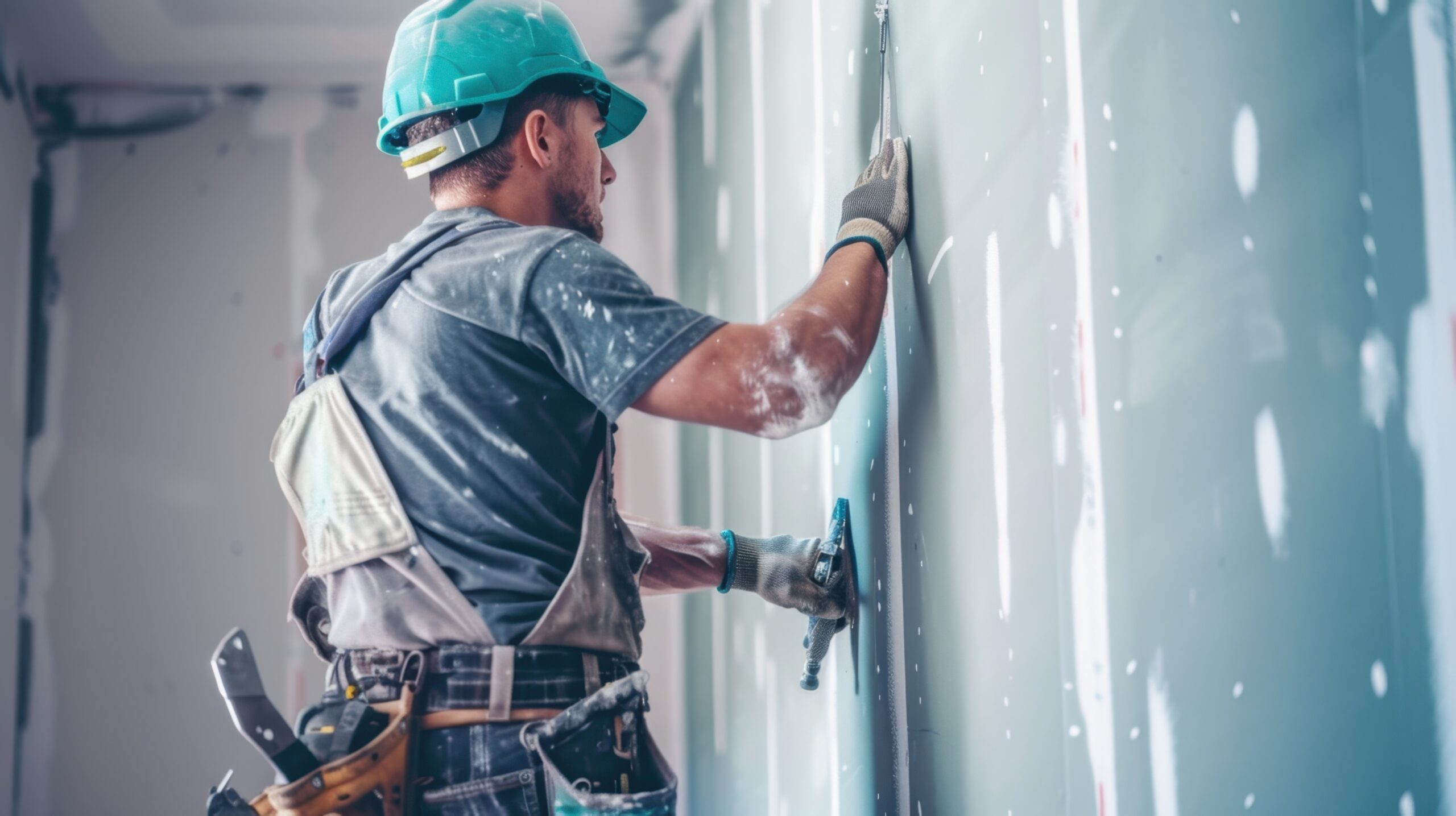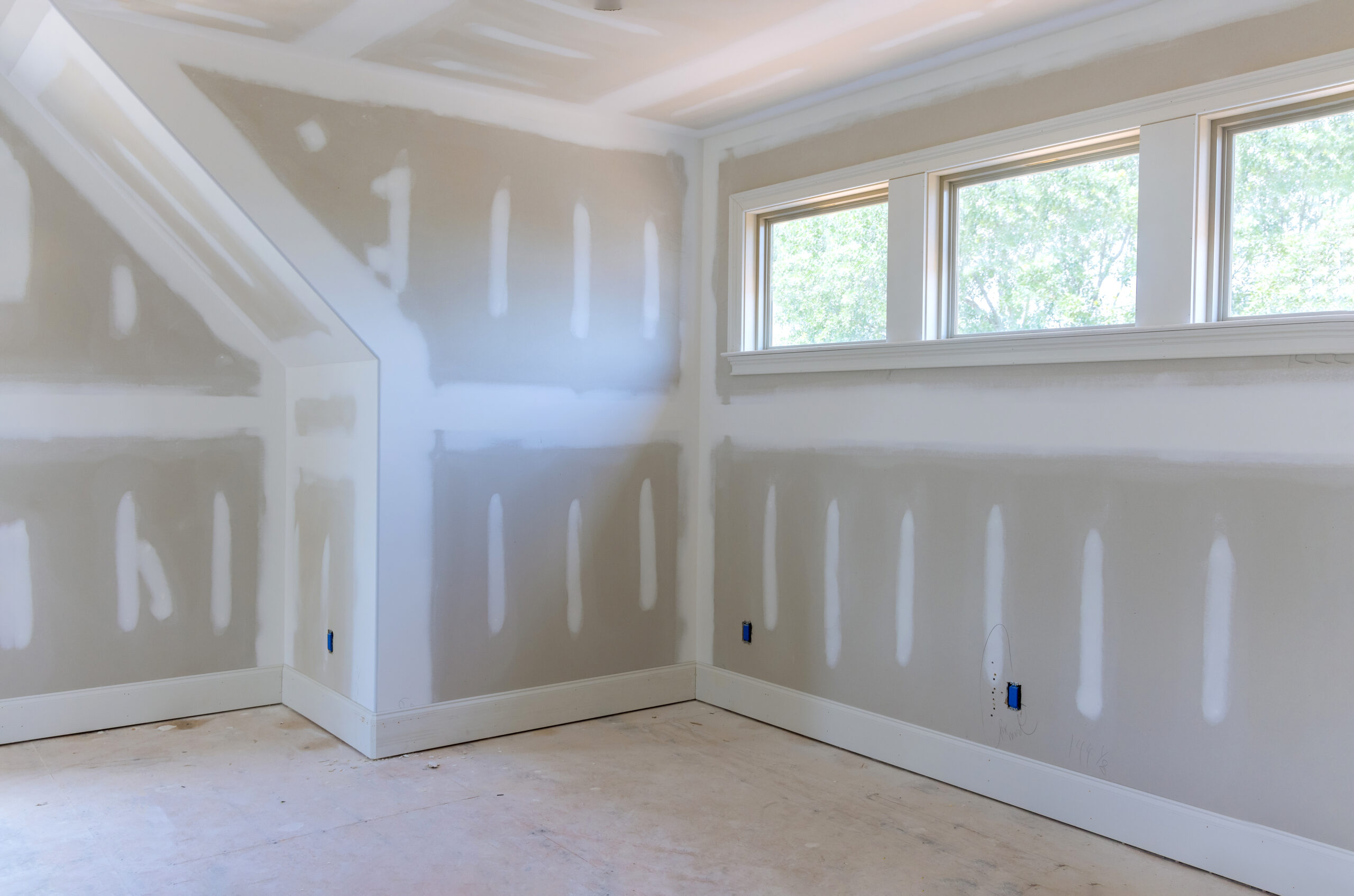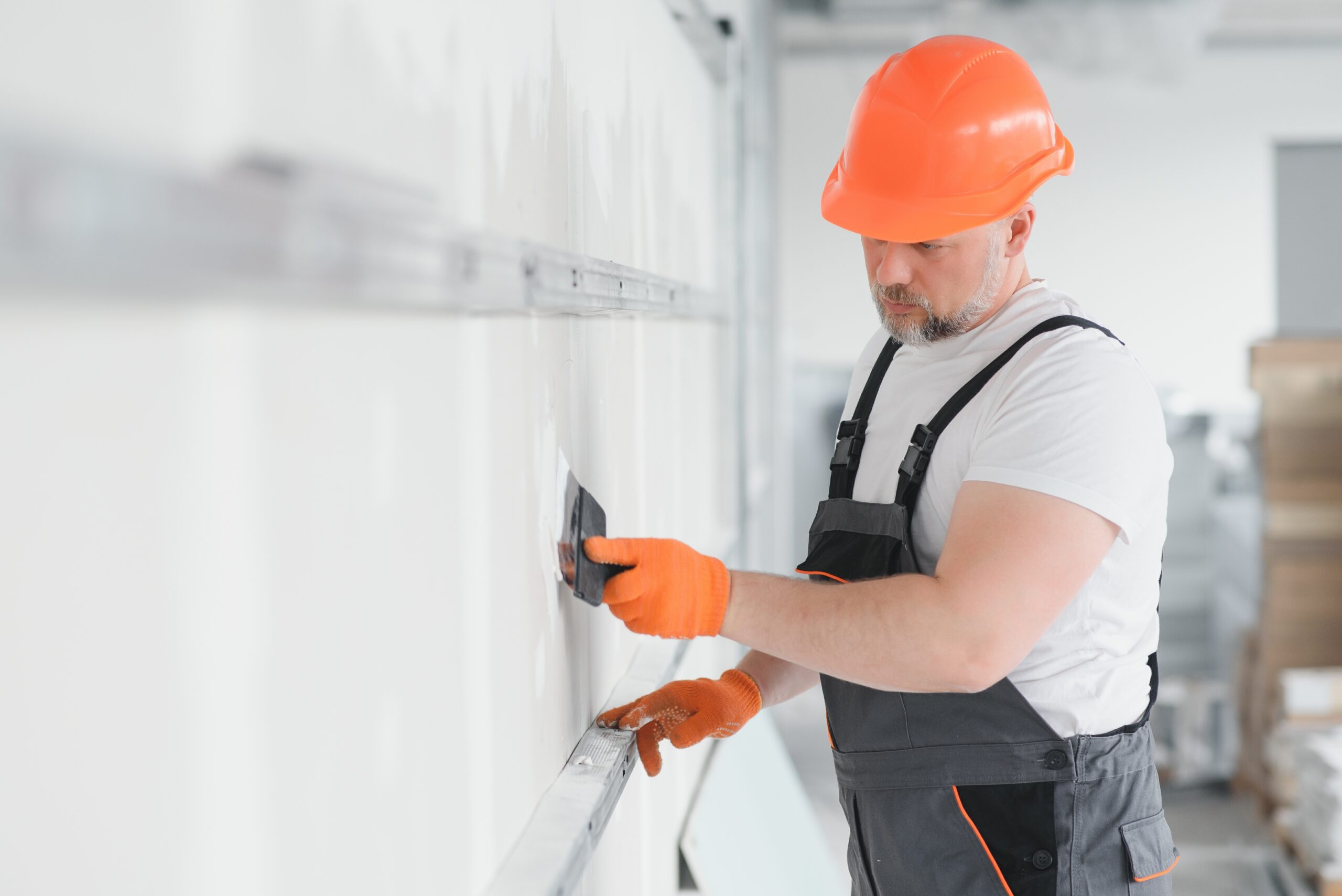To give yourself a better understanding of dry lining in, think about it as a mixture between plaster and wall board. It is a versatile substance that allows you to mould and shape it in any style you desire. One of the most significant benefits of dry lining is that it can be applied to any object that must be covered. This could include old plasterboard, metal, concrete and even existing wall tiles.
The application of dry lining to brickwork and masonry walls is an art form in itself. Regardless of the specific product used, the process is essentially the same. The application of the special primer, which transforms brickwork into a uniform surface and allows paint of the desired colour to bond properly. Once the primer is down, the finished coat of paint or plaster will look completely natural. As a professional dry lining company wewill always have the right tools, experience and expertise to ensure that any surface is finished to the highest standard and in the shortest time possible.

As a popular way to improve the aesthetics of a property and to increase the value of a house, wet plastering is becoming a more popular method of interior wall treatment. As a method of interior wall treatment, dry lining can be an extremely effective way of creating a smooth and level surface. Our services for dry lining present many benefits to your residential or commercial property.
Dry lining reduces heat loss and improves energy efficiency by adding an extra layer of insulation material to a building. Dry lining is particularly useful in this aspect during those cold winter months. With dry lining, heat loss is reduced and energy efficiency is improved by adding a layer of insulation material, such as mineral wool or foam boards. In cold winters and hot summers, this is especially useful, since keeping indoor temperatures comfortable becomes increasingly important. The additional insulation also helps create a more consistent and even temperature throughout the building, thereby reducing the need for excessive heating or cooling and consequently lowering energy costs.


To talk to us about your next project, please provide us with a short message outlining your project's needs.